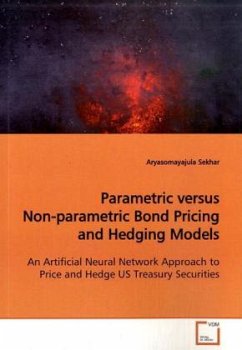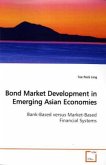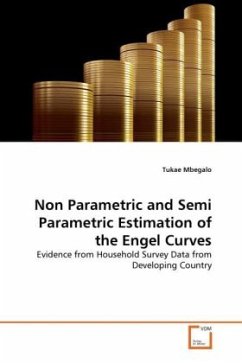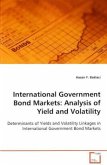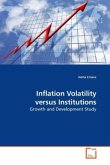Financial institutions assets are quite sensitive to
fluctuations in interest rates. The resulting
interest rate risk can be managed with a model that
accurately prices and hedges interest rate exposure
for a portfolio of US Treasury zero-coupon bonds.
This book compares the parametric and non-
parametric (using artificial neural
networks) approaches for pricing and hedging a US
Treasury zero-coupon bond portfolio. The parametric
pricing models considered are the Cox Ingersoll and
Ross (1985a,b) model, Longstaff and Schwartz (1992)
model, and restricted Heath Jarrow and Morton (1992)
models (Ritchken and Sankarasubramanian (1995)). The
neural network models include the multi-layer
perceptron and the radial basis function networks.
The comparison is done on two grounds, their ability
to price zero-coupon bonds and to hedge the
underlying risk factors. Risk managers, fixed income
traders and academicians can refer to this book for
detailed mathematical analysis and in-depth coverage
of different interest rate models, their estimation
and application to price and hedge interest rate
risk.
fluctuations in interest rates. The resulting
interest rate risk can be managed with a model that
accurately prices and hedges interest rate exposure
for a portfolio of US Treasury zero-coupon bonds.
This book compares the parametric and non-
parametric (using artificial neural
networks) approaches for pricing and hedging a US
Treasury zero-coupon bond portfolio. The parametric
pricing models considered are the Cox Ingersoll and
Ross (1985a,b) model, Longstaff and Schwartz (1992)
model, and restricted Heath Jarrow and Morton (1992)
models (Ritchken and Sankarasubramanian (1995)). The
neural network models include the multi-layer
perceptron and the radial basis function networks.
The comparison is done on two grounds, their ability
to price zero-coupon bonds and to hedge the
underlying risk factors. Risk managers, fixed income
traders and academicians can refer to this book for
detailed mathematical analysis and in-depth coverage
of different interest rate models, their estimation
and application to price and hedge interest rate
risk.

